
On March 1, 10 men, wearing all black and armed with knives, stormed a train station in Kunming, China, and killed 29 people and wounded 130. The attackers perpetrated a terrorist attack of unprecedented scale in China, and the Chinese authorities are saying that these men were part of a violent Uighur separatist movement.
Uighurs, a Turkic minority in China’s northwestern Xinjiang province, have been increasingly at odds with the Han majority there, and skirmishes between the two groups in Xinjiang are not unheard of. However, this attack took place in Yunnan province in the southwest, which makes this the first significant outbreak of the Xinjiang conflict. In light of China’s reputation for disseminating false information when it aids their government, one has to wonder whether this is an escalation of ethnic tensions in Xinjiang or if the Chinese government is hiding the true nature of the attack for the sake of justifying repression elsewhere. Similar suspicions arose when three people, a Uighur man with his wife and mother, drove through Tiananmen Square and killed two tourists before their car burst into flames. The Chinese government claimed to have found radical paraphernalia in the car, but received heavy skepticism about finding such items in a burned out automobile.
It’s easy to see why China would want to portray the Uighurs as bloodthirsty terrorists in light of its past human rights abuses. With the Dalai Lama as its figurehead, Tibet has been able to expose Chinese neocolonialism to the world, which has rallied behind their cause and condemned China at every turn on its abuses. This has aided in creating a cultural rift between China and the United States, and placed fear into China’s neighbors about that country’s increasing military ambitions.
With the Uighurs, China has a clean slate. Xinjiang province is not a commonplace topic in the international community, and the Uighur separatist movement is completely unheard of to the vast majority of citizens in the western world. By portraying the Uighurs as terrorists, the Chinese government can continue to pursue colonial practices in the region with the implicit (or even open) consent of governments around the world. After all, terrorism is something which most governments would rather not take a risk on. Actual skirmishes in Xinjiang between Han Chinese and Uighurs have not received adequate reporting, and it is unclear whether Uighur organizations have been staging attacks on government institutions or not. Uighur groups claim that security forces fire on unarmed citizens without provocations, which could open China up to further accusations of human rights abuse. Regardless of which scenario is true, it is still in the Chinese government’s best interest to portray the Uighurs as terrorists if it wants to continue its colonial practices. A further look into what these practices are makes it apparent that the Uighurs are facing serious infringements upon their autonomy.
Chinese methods of control are ancient and effective at eradicating, or at the least assimilating, various ethnic and cultural groups. By making them minorities in their own homes, the Chinese government can sap the legitimacy of these groups through dilution. After all, these groups are exempt from the one child policy and can surely keep up with the rising tide of Han. Unfortunately, the truth is that the sheer volume of Han Chinese sent with natural-resource companies and military firms is more than enough to drown out native peoples. In the last year, 100 people have died in clashes in Xinjiang.
The Uighur separatist movement very well may have escalated to strike at what it sees as the Han heartland, leading to this horrific attack in Kunming. As a result of the Chinese government’s lack of transparency, there is no clear evidence as to whether a violent terrorist organization is gaining traction and organization in China, placing countless lives in danger in the name of the Chinese government’s interests in Xinjiang.
Julian del Prado is a Collegian columnist and can be reached at [email protected].

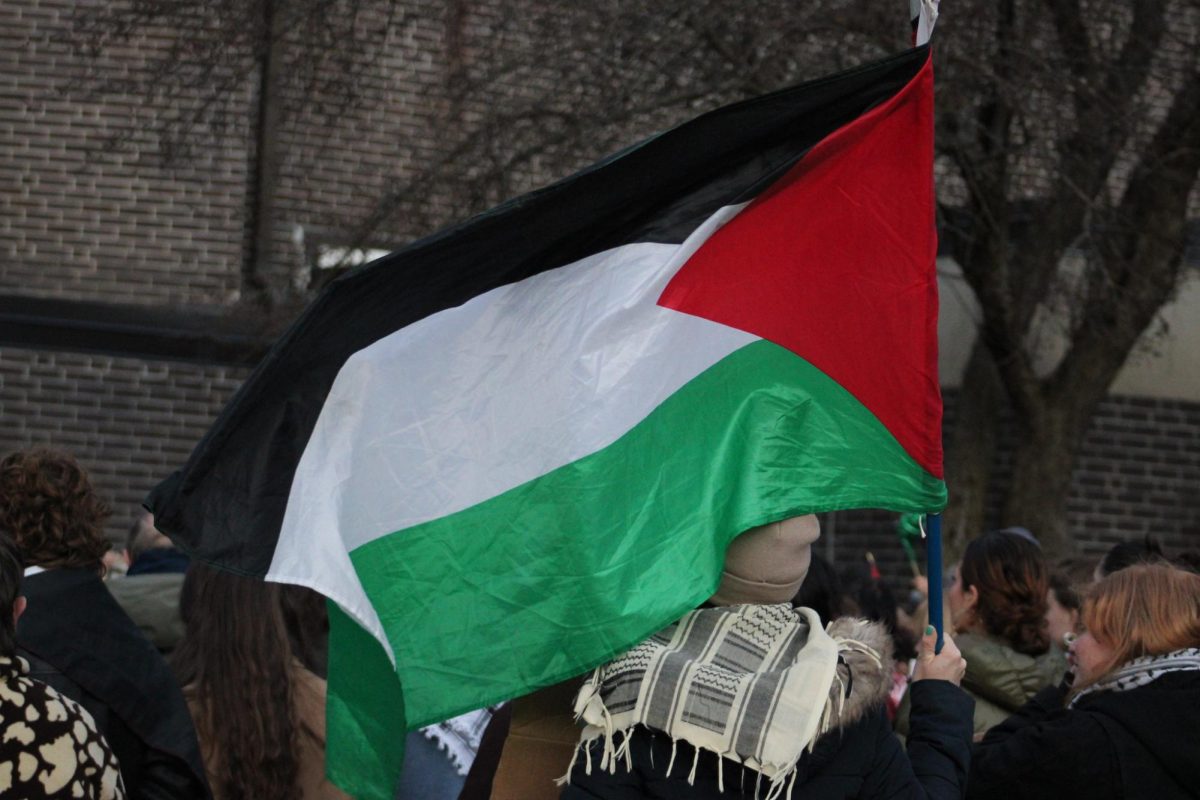
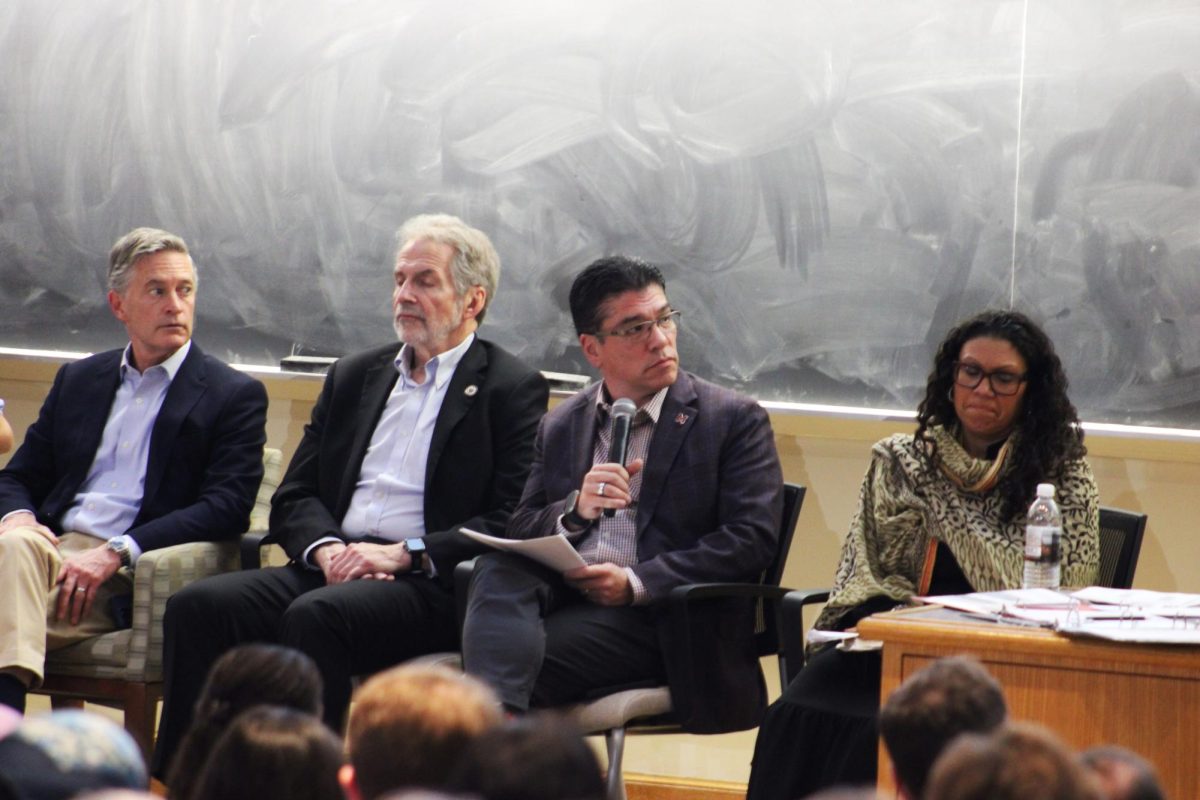

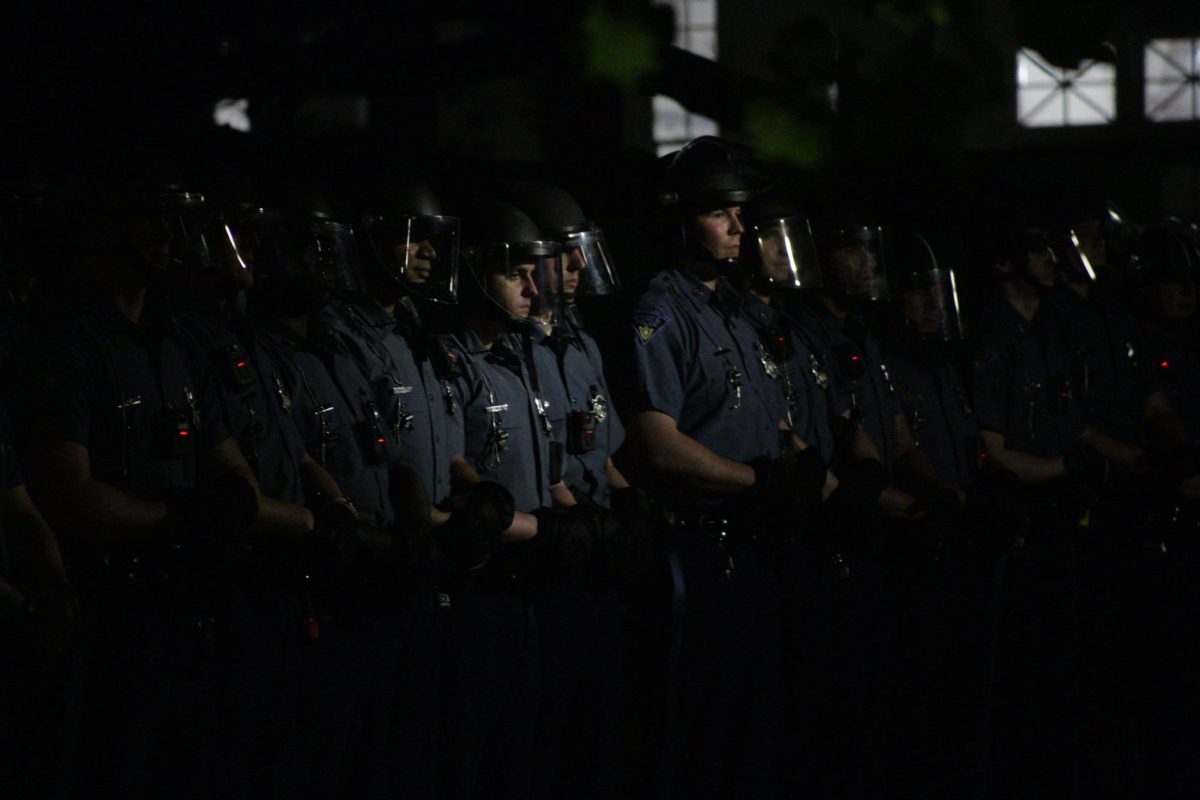
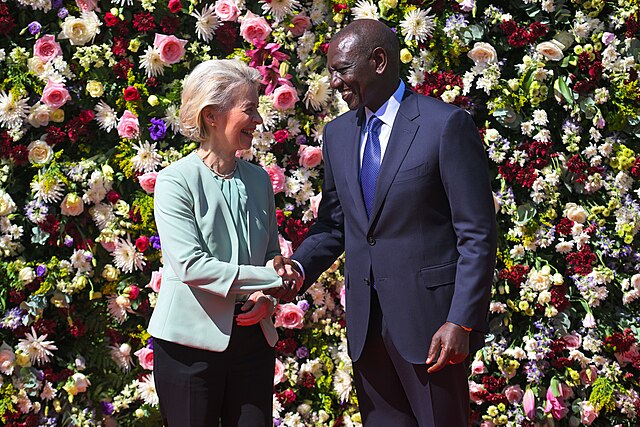
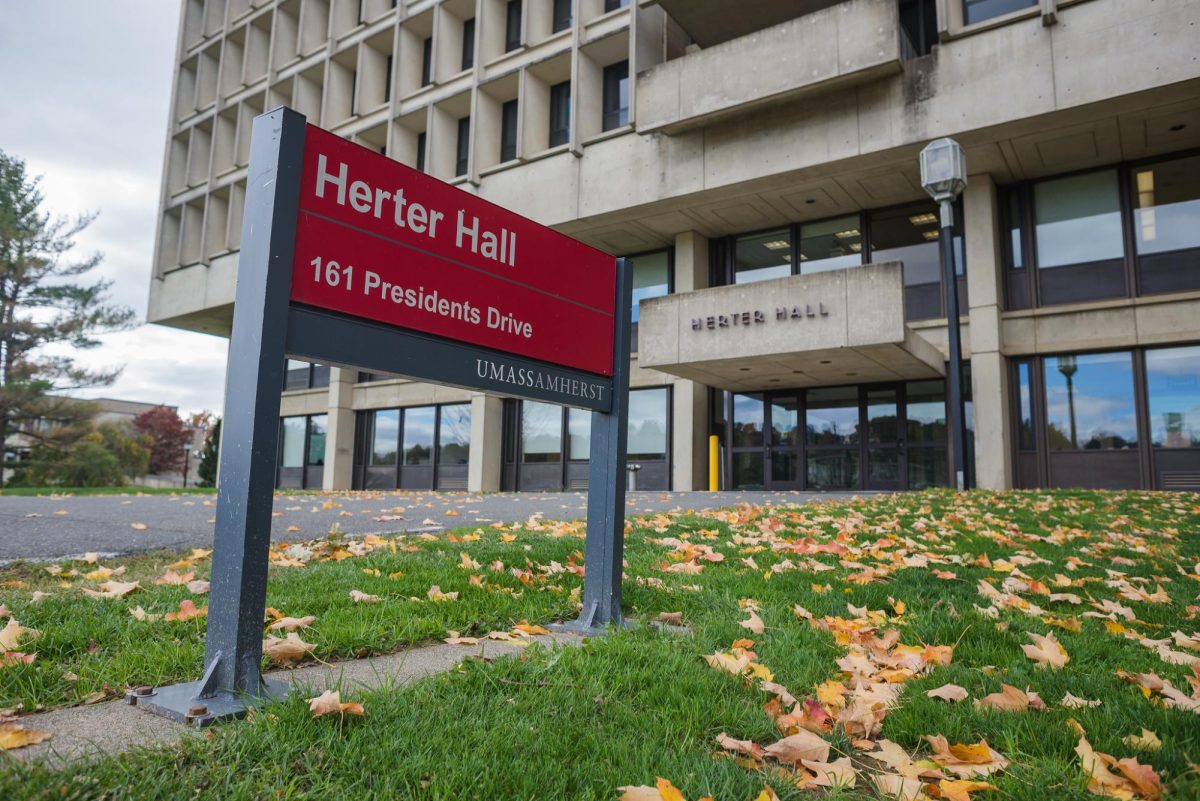
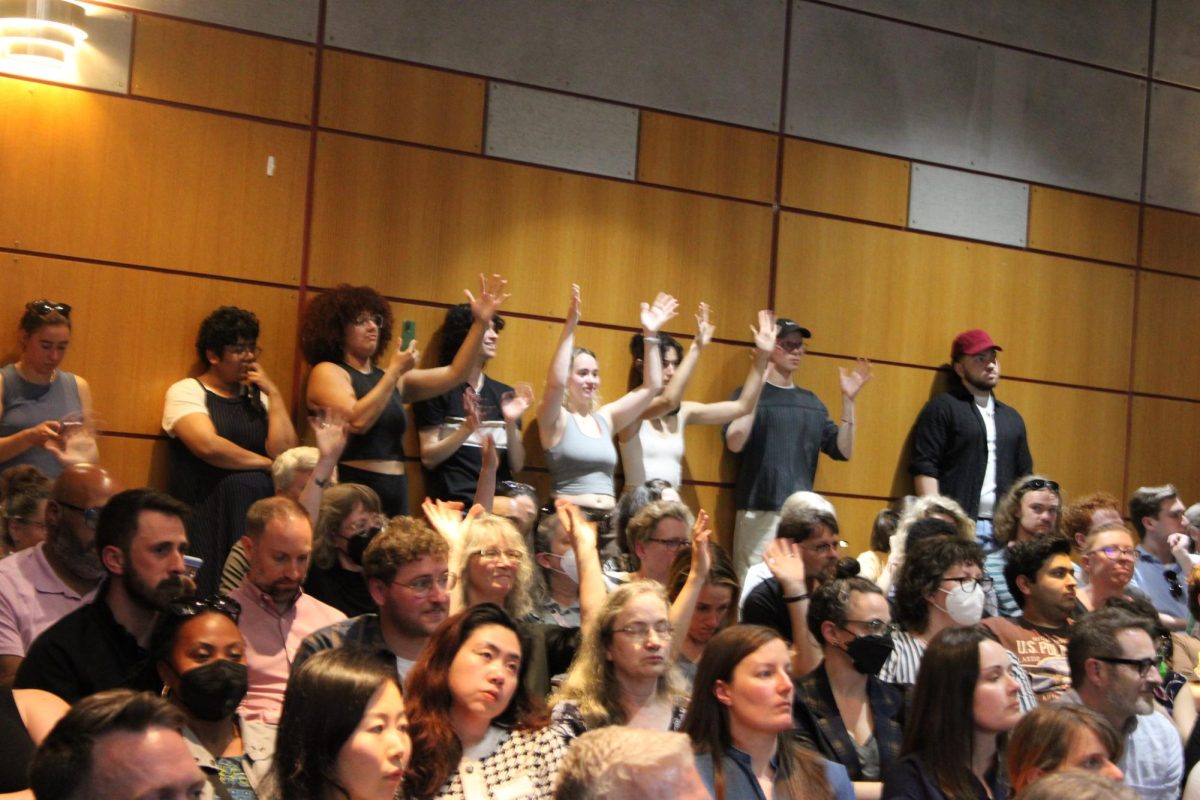

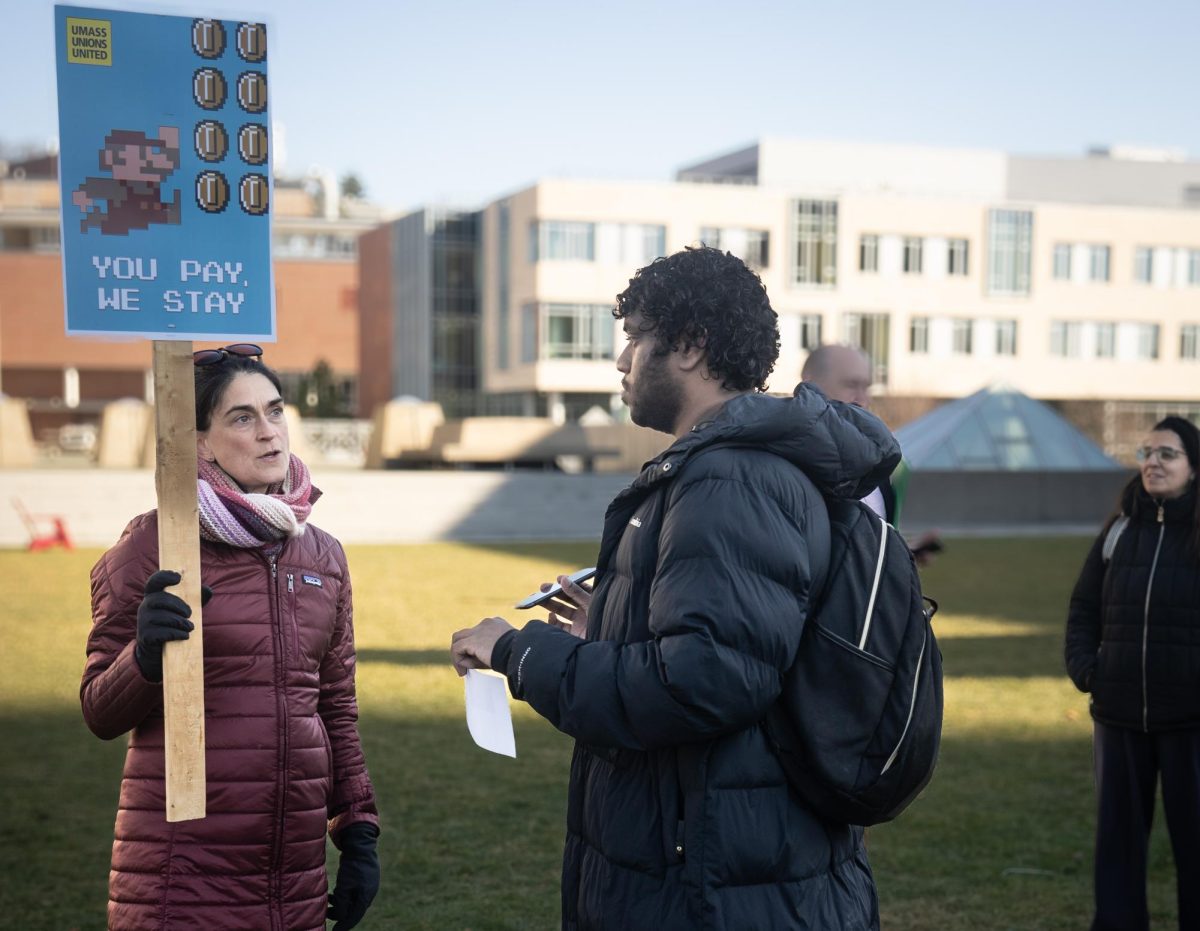
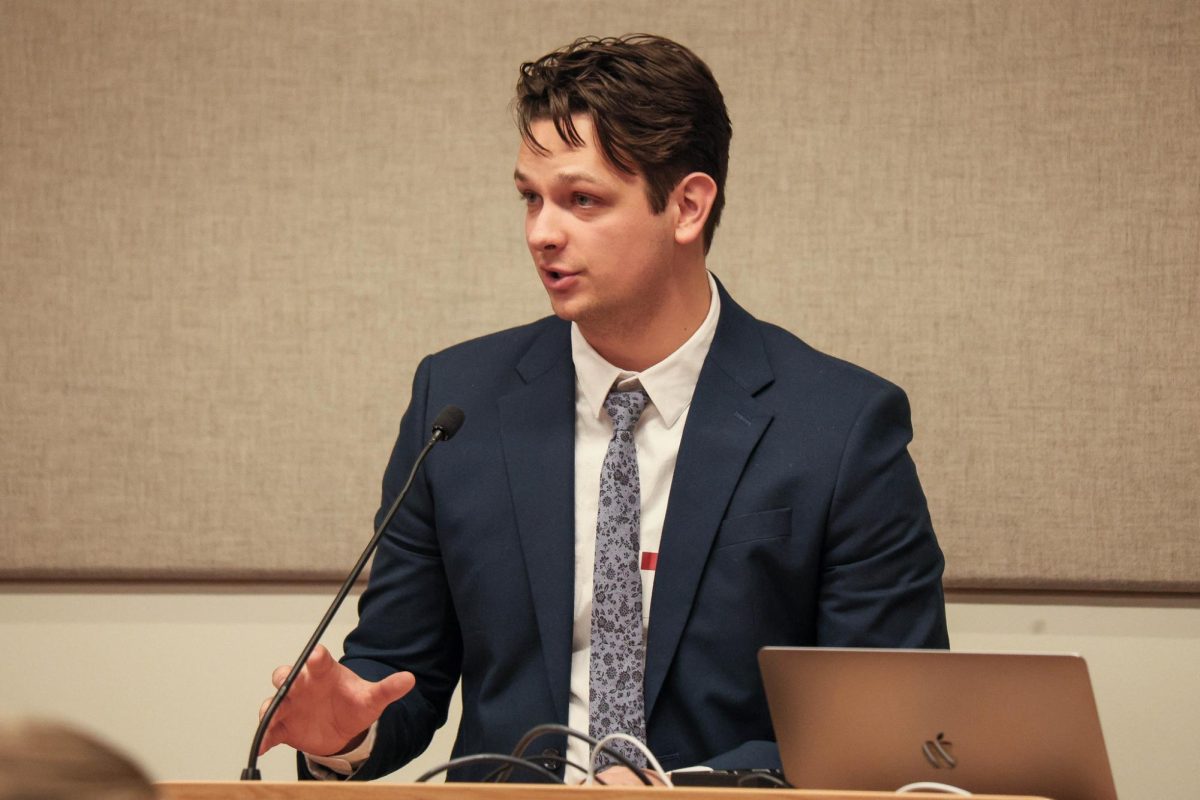



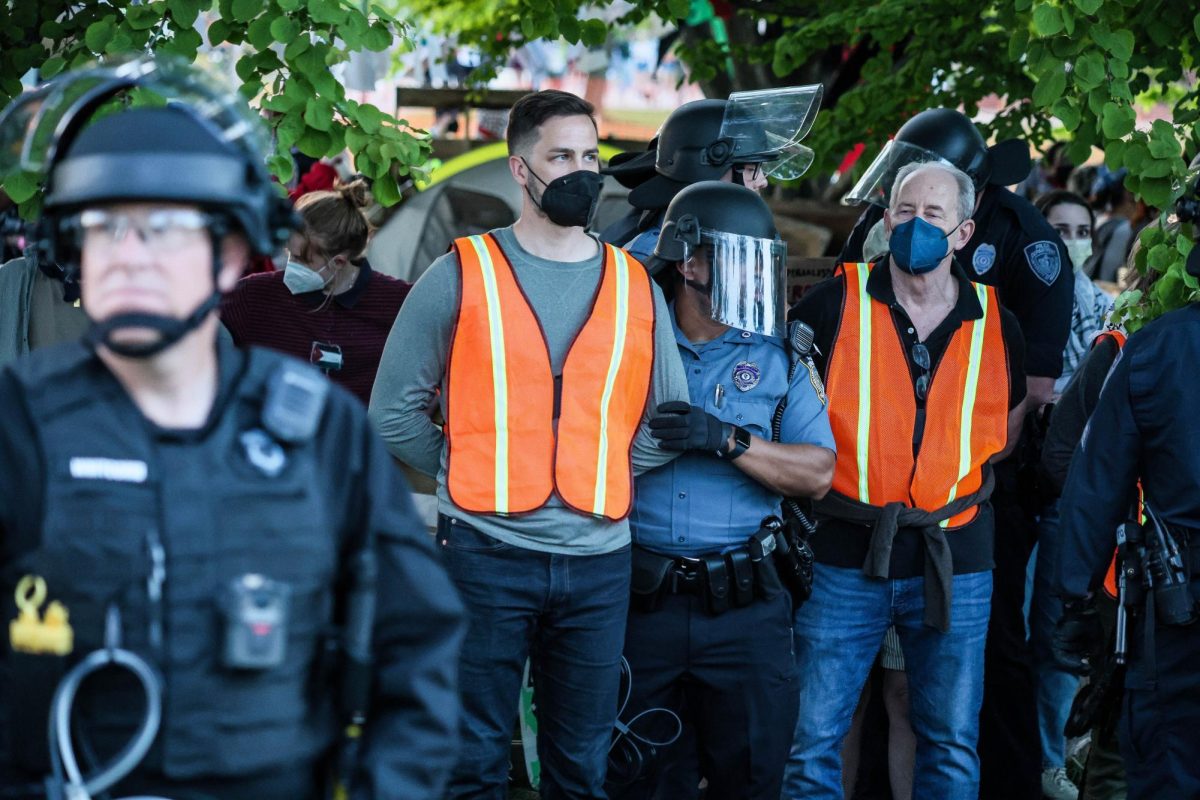



Riwan • Mar 12, 2014 at 5:51 pm
A Letter from Uyghur living in America to Hans in China
First of all of I strongly condemn violent act of few thugs who have murdered innocent lives in Kunming Station and offer my sincere condolences. Nothing is more important than human lives! As a Uyghur, I have different perspective and reflection from most of my Han compatriots. Violence against any human being should not stand, whether it is murderous killings in Kunming or state terror against Uyghurs which kills, assassinate and suppress them in most violent way possible.
All the hatred and blames on entire Uyghur people by Han nationalist and their few Islamophobic western sympathizers appalls me. Situation in Xinjiang has nothing to with Islam or religion. I know, Governments in the west are beholden to China with debts , But I am so surprised how many people are sold on Chinese State Propaganda and Praising China for oppressing Uygurs and calling for more racial profiling on Uyghurs. A lot of you, who have never been to Xinjiang, nor talked to Uyghurs. So, you don’t know the situation; please don’t naively comment on it before get your facts straight.
So called barbaric Uyghurs, once upon a time, transmit Buddhism to Han Dynasty and it was Uyghur Khaganate who came to defense of Tang emperor Suzong during the An Lushan Rebellion. Now Uyghurs regarded by most Hans as “uncivilized”. Xinjiang has been Uyghur-land which was invaded and colonized by Han Chinese in 1949. Now most Uyghurs accept to live under Chinese Rule. But that was neither enough for the Chinese government nor the Hans. The region was flooded by Hans to change the demography of the region, so they can have a firm hand in this geopolitically important region. To do so, they gave so many preferential treatments to Hans to come, at the result, they discriminated local uyghurs to access Jobs and resources. Uyghurs are treated as second class. Every jobs and government position goes to only Hans, discriminating Uyghurs on Jobs, denying hotel or extra monitoring common place in China long before any ethnic conflict. Those discrimination and racism has existed long before ethnic tension caught attention. Uyghur culture and Language is also treated as state enemy. At the result, Uyghurs become so marginalized, jobless, powerless, frustrated and angry.
Every day, Uyghurs are living in midst of insult and racism. You are so backward; your this or that should be changed and Blah blah blah! In the eyes of Hans in and out of Xinjiang, Hans are superior race and Uyghurs are inferior race. Uyghurs should be content with their slave status and accept their Han masters rule and be happy whatever Hans pass down to them, they have no right to ask more or the same. Although government census says minorities consist of 60% Xinjiang population, 80% of government positions are held by Han, in State owned companies Hans holds 90% of the position, In bingtuan (Construction corps and military) that number increases to whopping 99%. Few lucky Uyghurs who get these positions, have to endure harassment, humiliation and insults of follow Han colleagues every day ranging from racial arrogance to ridiculing their culture and identity in most derogatory manner and of course they have no real opportunity to rise in the ranks. Hans in Xinjiang feel as if, only they are entitled to all the natural resources, wealth and government position, Uyghur’s existence doesn’t matter. Therefore, Uyghur demands for equal opportunities seems so unexpected and shocking to them.
Let me explain what are the Han privileges in Xinjiang. If you are Han, you get government position with high school diploma, Uyghur College graduates will not dare to dream that opportunity unless they have very strong family connections. If you are Han, you can open new land for agriculture in best possible places, but Uyghurs can go jail for that. If you are Han, you can open natural resources like Jade, oil, gold …. Anywhere in Xinjiang with government approval, for Uyghurs, they even cannot get a cleaning job in those places. If you are Uyghur, you always have to shut up, using your own language and writing poems and essays are crime against state which might get you into prison along with your whole family as in the case of Mr.Tohti and many others, but for Han, spreading racism and hatred towards Uyghur always regarded as patriotic.
As long as Han Racism and Nationalism will not be stopped, it is hard to avert this vicious cycle of hatred and Revenge. Government and propagandized Han nationalist are pushing Uyghurs to the cliff and become more extreme and violent. Hilter blamed all the ills of Germany on one single ethnic group, Jews, I hope China would not do the same to Uyghurs for whatever imperialist agenda or great China rise. I am very afraid for the future of Uyghurs.
Uyghur have same struggles as Black people in the American south, or in South Africa, remember there were many church bombings and violence at that time which were committed by all sides which was abhor able, Uyghurs want the same racial equality and Justice. I wish Uyghurs have more decent way to express themselves, but it is not the case in Totalitarian China. I condemn all the foolish acts of violence committed by crazies, even though i deeply sympathize with many Uyghurs frustration toward racism and injustice. I hope China can learn from America about how they dealt with their ugly racial history and become the most vibrant and diverse nation on the planet. China has great potentials, So do the Uyghurs, Uyghurs can be part of great prosperous China with Her contribution in art, culture, sports and many more which would make her more diverse and interesting. That can only be done when Uyghurs feel welcomed and treated as human, not colonial subjects. Racial and ethnic healing is vital to peaceful living of all people in Xinjiang and beyond. Therefore, I ask government and Hans, to ask themselves what they did and are doing to Uyghurs , why there is so much resentment and anger. There will never be meaningful dialogue unless those tough questions asked in its earnest and addressed properly.
Let me quote Martin Luther King, Uyghur people will never be satisfied until they are treated as Hans in Jobs, Education. Denying jobs, housing, hotel rooms, just because they are Uyghur will never satisfy them. Stopping them at anywhere, airports, bus station for racial profiling will never satisfy them. Indiscriminately killing and arrest them for their speech will never satisfy them. Banning their language at school will not satisfy them. Racism and hatred is not born in one day, it takes many years to form. As little Uyghur boy growing up, I always felt discriminated, insulted and unwelcomed in China by the Hans in my surroundings. I always thought that I was worthless and inferior which led me to have very low self-esteem in life. That is not the ideal condition to any child to develop love and compassion. Though misunderstanding is so deep and wide, I still believe in healing, forgiveness and friendship, After all we are all humans and the alternative is far worse. As Uyghur myself, I wish one day all Chinese, regardless of their ethnicity, could have equal standing in education and economic opportunities. So let freedom ring from Beijing to Urumqi and Kashgar ! So all we can say free at last!
I pray for every Han Chinese whose hearts are darkened with Han racism and ethnic chauvinism to realize that we are all children of God, there for we should be treated equally. Dear God, May fill hearts of Hans with love and compassion towards Uyghur and Tibetans, so we can live in peace and harmony which we all deserve!
N. • Mar 10, 2014 at 7:54 pm
Where on earth does it imply that? More nonsense from non-student GK, who really should find another hobby…
Batur Genghiz • Mar 10, 2014 at 4:23 pm
The writer is not excusing the attack or trying to reward such action. He is stating the root cause of such attack happening in China. Before you blame the writer and try to silence academic freedom, you go learn about how Chinese soldiers attacked and killed hundreds of innocent Uyghurs last year. why didn’t tell Xinhua and People’s Daily for excusing the attacks of Chinese soldiers against peaceful Uyghur civilians? Why do you think Tibetans are committing self-immolations? Yes, the Kunming attack should be condemned but it is important to know why such tragedy happens and what drove those people to do what they did.
Genghis Khan • Mar 10, 2014 at 6:52 am
Why are you excusing an attack on people who had nothing to do with it? An attack on soldiers? Understandable. An attack on train passengers? Unacceptable.
Ironically, one of your fellow columnists criticized the Boston Marathon capitulation to terror; your article implies that such actions should be rewarded.